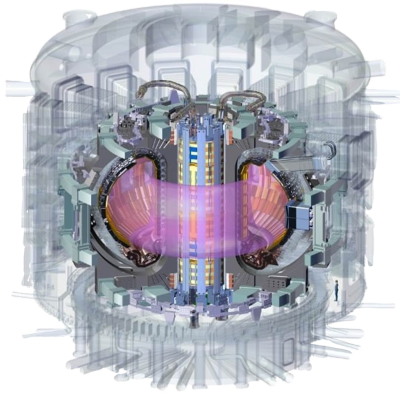LLNL’s Fusion Energy Sciences (FES) program advances interdisciplinary science and technology in areas central to establishing the scientific basis of fusion energy.

The program contributes to the Office of Science’s focus on basic science by deepening researchers’ understanding of matter at very high temperatures and densities and building the knowledge needed to develop a fusion energy source.
Fusion science and plasma physics underpin much of the science driving the Department of Energy’s (DOE’s) national security mission space. In addition to FES mission objectives, the FES program at LLNL creates important connections throughout the DOE complex to build scientific credibility, foster academic engagement, advance outreach goals, and promote workforce development.
LLNL’s primary FES research areas include:
- Magnetic fusion energy (MFE) experimental research conducted through collaborations on the General Atomics DIII-D tokamak experiment and on Princeton Plasma Physics Laboratory (PPPL) National Spherical Torus Experiment Upgrade (NSTX-U) spherical tokamak experiment.
- Fusion and plasma theory and modeling in support of the DIII-D and NSTX-U collaborations, as well as international MFE facilities in Asia and Europe.
- Fusion materials and technology research in support of fusion nuclear science.
- High-energy-density laboratory plasma (HEDLP) research that explores fundamental plasma science questions in densities and temperatures relevant to HED science.
- Computational physics under FES is an important application and development space for quantum information systems machine learning AI exascale computing.
Harry McLean
Lab Program Coordinator for FES at LLNL
mclean1 [at] llnl.gov (mclean14[at]llnl[dot]gov)




